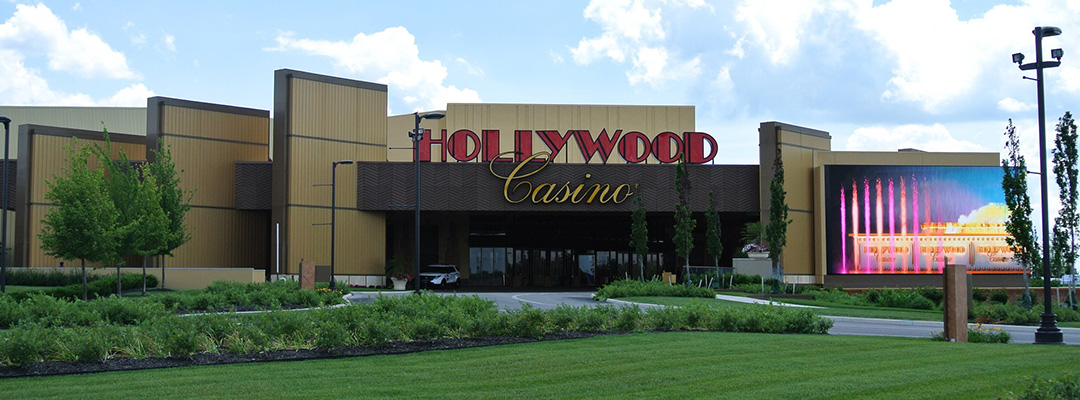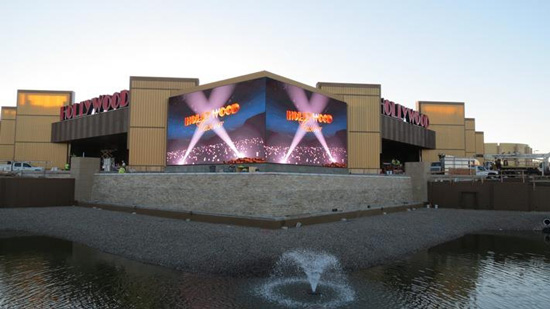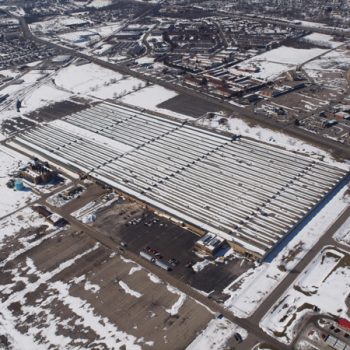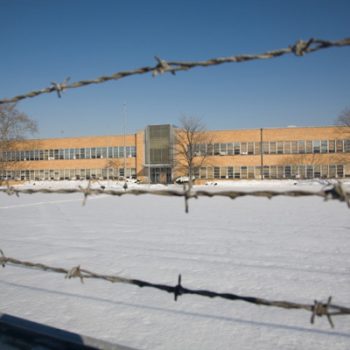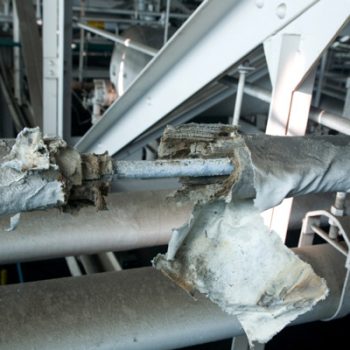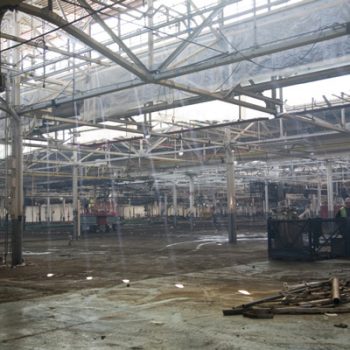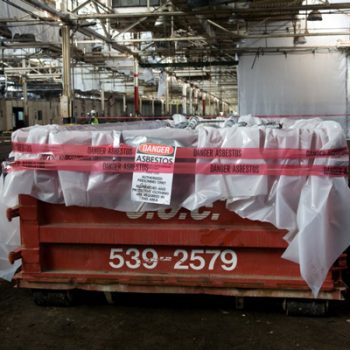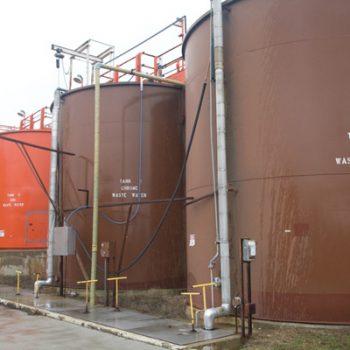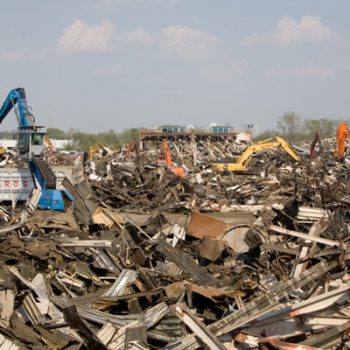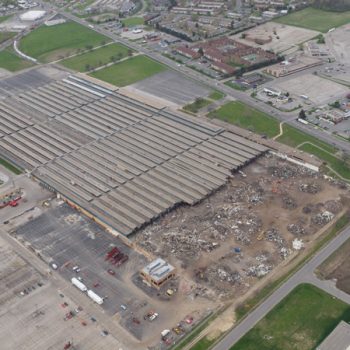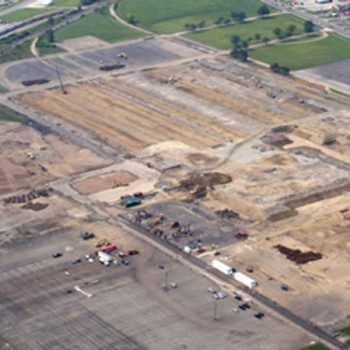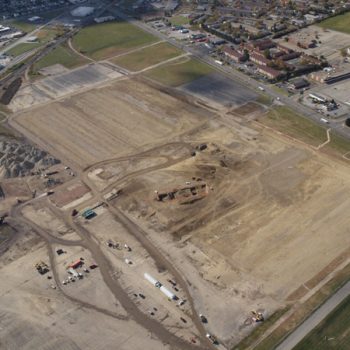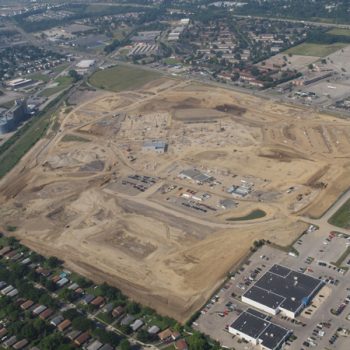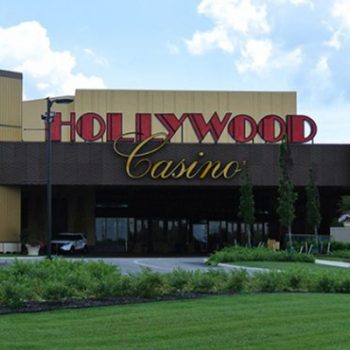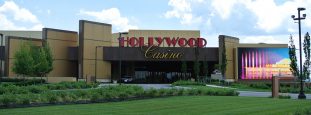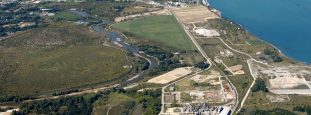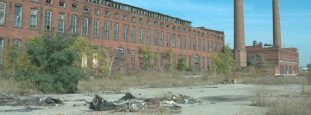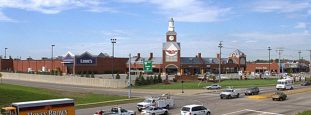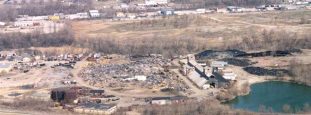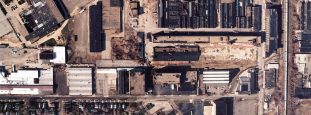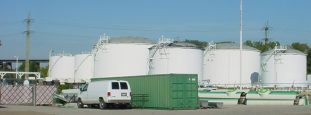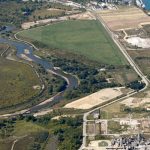In June 2009, a team from Duke-Hemisphere Redevelopment visited a hulking 1.5 million square foot Delphi Automotive plant near Columbus, Ohio. Walking through the plant was like a journey back in time. The dimly lit manufacturing facility had a noticeably sweet and sticky odor from nearly 67 years of intensive manufacturing activity conducted on the heavily-worn wood block flooring.
Like most factories of this vintage, the plant’s sole remaining caretaker accompanied our team on this voyage through the cavernous main manufacturing facilities, now idled and no longer humming with the sound of production and the sweat of laborers toiling to meet demanding production schedules. Quite the contrary. Hard hit by the rapid decline in the American automotive industry, Delphi Automotive was on the eve of a bankruptcy filing. Consequently, this formerly thriving facility, which once supported thousands of workers and their families, appeared to be just another major brownfield destined to linger in the portfolio of a bankruptcy estate.
At the time of our site visit in June 2009, the property had been on the market for a number of years – yet no one was able to work through the significant challenges, both environmentally and from a development perspective, to make a redevelopment plan feasible. While this 121-acre site had a number of positive attributes, including the property’s proximity to a major interstate, the vacant plant also posed a number of redevelopment challenges, given then existing depressed market conditions.
Complex Environmental History
In this case, the site had a storied past of heavy manufacturing, commencing in 1945 until Delphi Automotive Systems, LLC closed the plant in 2007 and commenced plant decommissioning. Historically, the plant produced several automotive components, including door latches, door locks, window frames and other parts. Manufacturing operations at the plant included stamping, welding, painting, automated assembly molding, plating, heat treating and roll forming. Railroad tracks bisected the site and ran into the main manufacturing buildings, which also included several press areas, subsurface lubing systems, quench oil pits, furnaces and similar operations. The plant was powered by its own on-site power plant, which at one time was coal fired. Like partially eaten scoops of ice cream, the remnants of coal piles littered a large storage yard. As an added amenity, the majority of the remaining buildings had substantial quantities of asbestos-containing materials as part of the building insulation. Therefore, the deal at the time looked like a brownfield redeveloper’s perfect storm – a depressed real estate market, a large property with vast empty buildings replete with asbestos, and substantial, but not yet fully characterized, environmental issues, involving a seller in bankruptcy.

